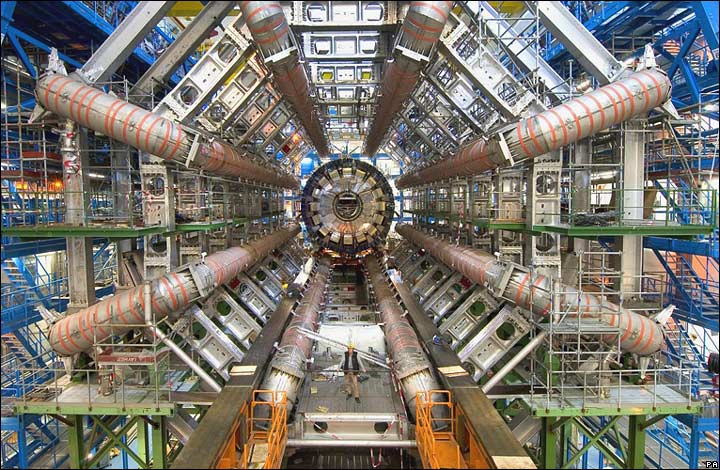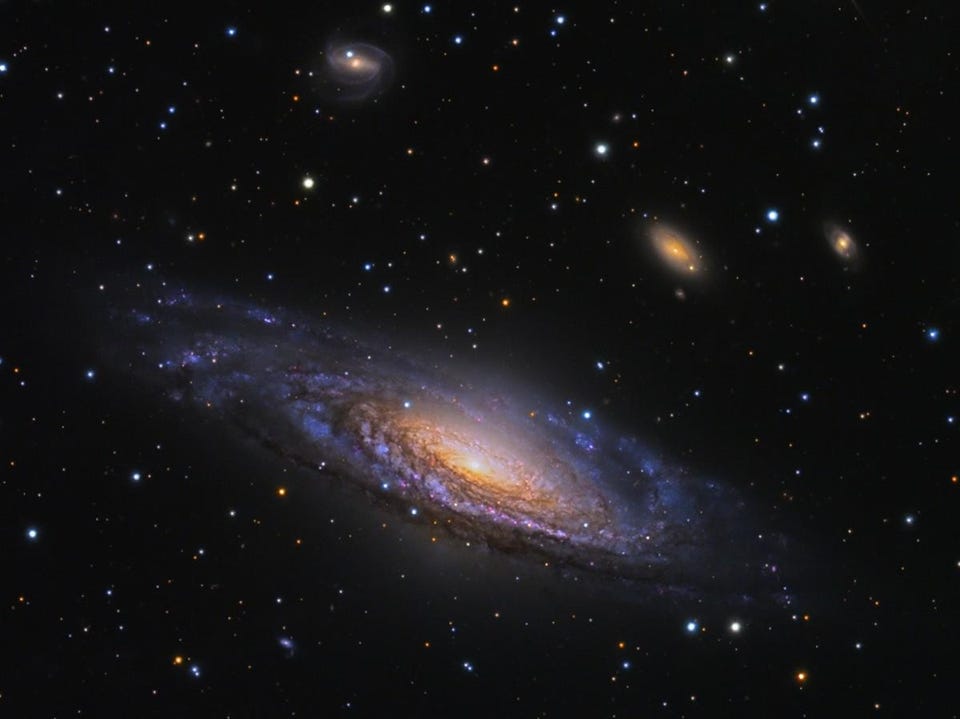The ‘Little Bang’ Aiding Physics Research into the Young Universe
The universe is a vast and mysterious place, full of unexplored phenomena and secrets waiting to be uncovered. However, through advancements in technology and scientific knowledge, we are slowly piecing together the puzzle of the universe’s early days. One such breakthrough is the study of the infant universe using the ‘Little Bang’ method.
The ‘Little Bang‘ is a term used to describe the process of recreating the conditions of the universe shortly after the Big Bang in a laboratory setting. To achieve this, physicists use high-energy particle colliders, such as CERN’s Large Hadron Collider (LHC) in Switzerland, to smash together protons or other particles at incredible speeds. The resulting collisions release enormous amounts of energy, which can mimic the conditions of the universe just a few millionths of a second after the Big Bang.

By studying these collisions, physicists can gain insights into the physical processes that took place during the universe’s infancy. For example, the Little Bang can help us understand the nature of the early universe’s matter and energy, and how particles like quarks and gluons interacted to form the first protons and neutrons.
One of the most exciting aspects of the Little Bang research is the discovery of new particles and phenomena that were previously unknown to science. In 2012, the LHC announced the discovery of the Higgs boson, a particle that is believed to give mass to other particles in the universe. This discovery was the result of years of research and experimentation, and it has given physicists a new understanding of the fundamental forces of the universe.
In addition to uncovering new particles and phenomena, the Little Bang research also has important implications for our understanding of the universe’s evolution. By studying the earliest moments of the universe’s existence, physicists can gain insights into how it has changed and evolved over billions of years. For example, the Little Bang can help us understand how galaxies formed and how they continue to evolve to this day.
One of the challenges of the Little Bang research is that it requires enormous amounts of energy to recreate the conditions of the early universe. The LHC, for example, uses powerful magnets to accelerate particles to nearly the speed of light before smashing them together. The energy released in these collisions is immense and can create temperatures hundreds of thousands of times hotter than the center of the sun.
Despite these challenges, the Little Bang research has already led to significant breakthroughs in our understanding of the universe’s early days. As technology continues to advance, we can expect even more exciting discoveries to come.
In conclusion, the Little Bang is a powerful tool that allows physicists to study the infant universe and gain insights into its evolution. By recreating the conditions of the universe just after the Big Bang, researchers can uncover new particles and phenomena and better understand the fundamental forces of the universe. As we continue to explore the universe, the Little Bang will undoubtedly play a crucial role in shaping our understanding of its origins and evolution.


